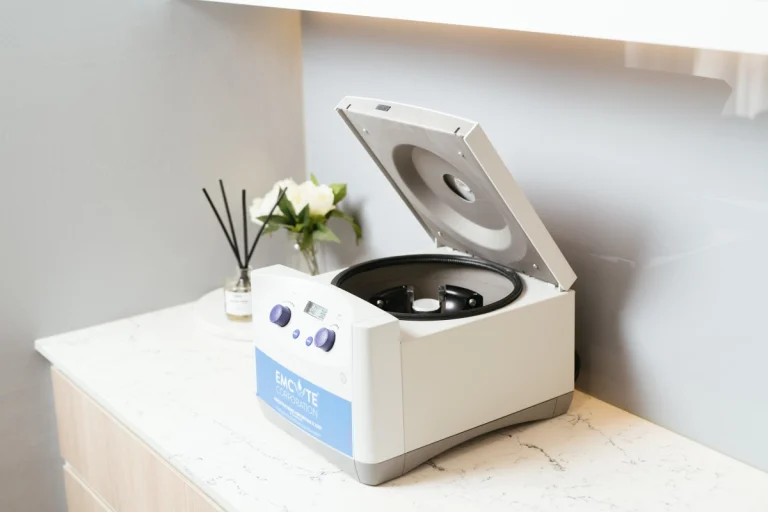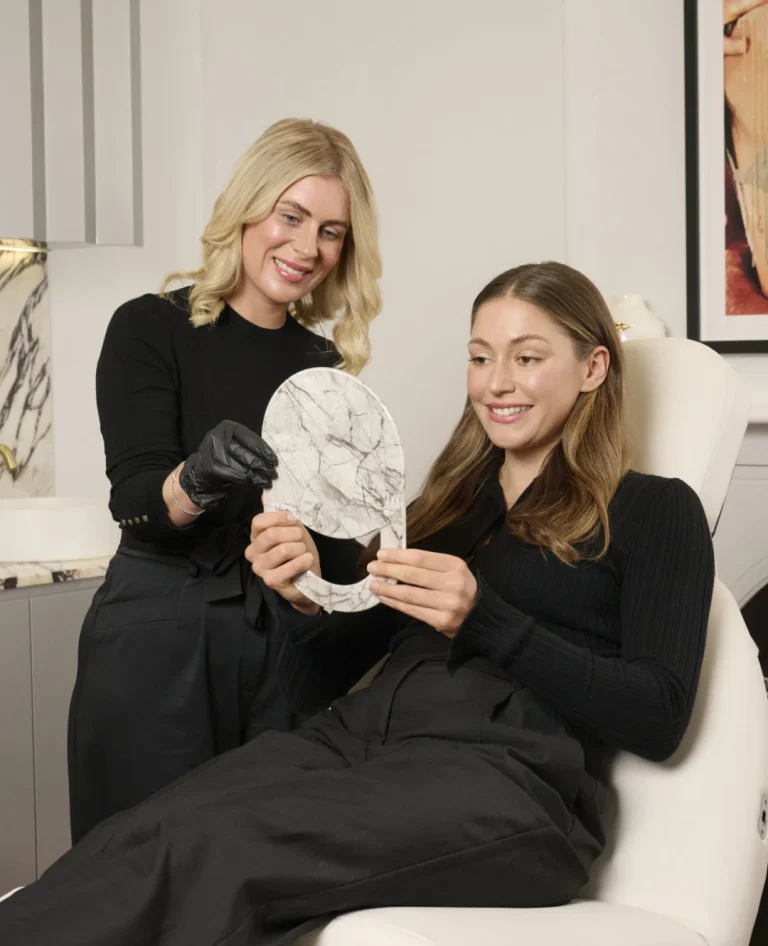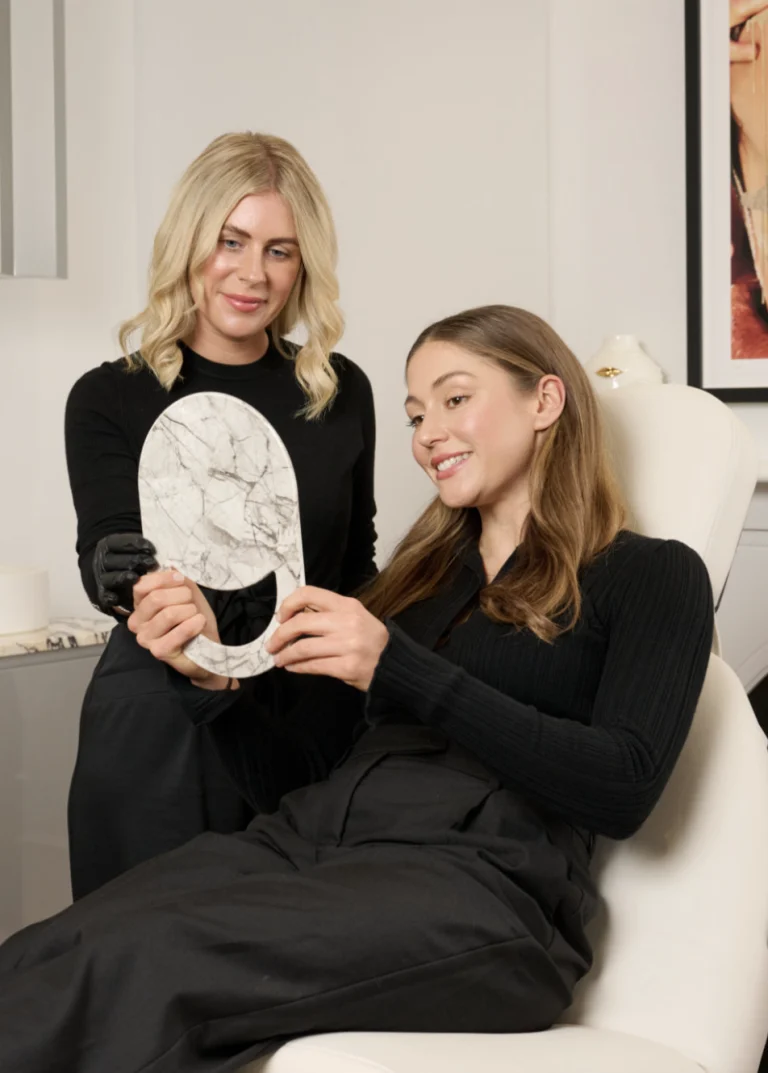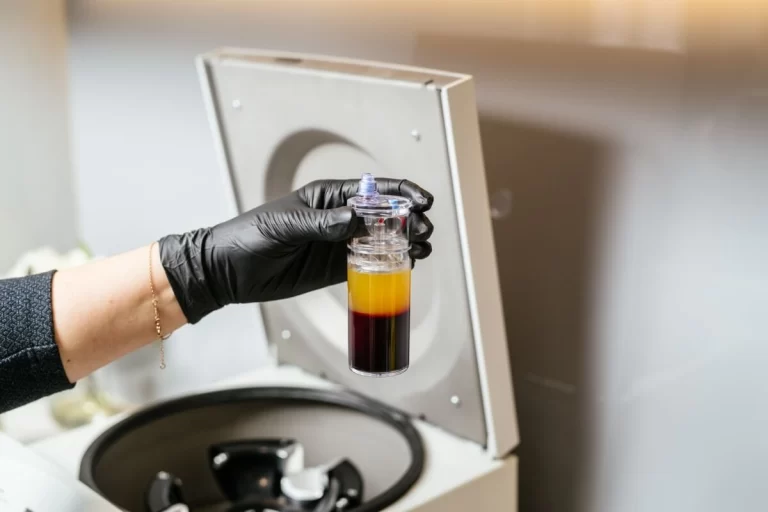
In accordance with Therapeutic Goods Administration (TGA) regulations, we are unable to provide detailed information about specific treatments online. Such information may be misinterpreted as the promotion of prescription-only (Schedule 4) medications – this is not permitted under TGA guidelines.
For this reason, a consultation with one of our practitioners is required. During your comprehensive consultation, your practitioner will carefully assess your skin, discuss your concerns, and provide education around suitable treatment options. A personalised treatment plan will then be created to address your individual needs.
Treatment costs will vary depending on your tailored plan and will be discussed with you in detail during your consultation.

Understanding PRP
Platelet-Rich Plasma (PRP) is derived from your own blood and contains platelets and growth factors that play a role in the body’s natural repair and renewal processes.
A small amount of blood is collected and placed in a centrifuge to separate the platelet-rich plasma. The concentrated plasma is then reintroduced into targeted areas of the skin or scalp using fine injections or micro-needling techniques.
This process may support:
- Skin firmness and elasticity
- Improved tone and texture
- Collagen and elastin stimulation
- Scalp and follicle environment for overall hair health
Why people consider PRP
As part of the natural ageing process, changes occur in the skin, connective tissue and underlying structures. These may include reduced elasticity, fine lines, uneven texture or thinning skin.
PRP is often chosen by individuals who:
- Prefer a natural, biocompatible approach using their own cells
- Seek gradual, subtle improvements over time
- Wish to complement other treatments such as skin needling, laser, or regenerative therapies
- Are looking to support scalp vitality or early changes in hair density

How PRP works
A small sample of your blood is collected and placed into a centrifuge to separate platelet-rich plasma.
The PRP contains platelets and growth factors, which are then introduced back into the skin via fine injections or sometimes in combination with skin needling.
These components support natural processes in the skin, including tissue repair and collagen stimulation.
This process may contribute to gradual improvements in skin quality over several weeks to months.
What areas can be treated with PRP?
PRP can be considered for a range of facial and scalp concerns, including:
- General facial rejuvenation
- Under-eye area
- Neck and décolletage
- Hands
- Areas with fine lines or uneven texture
- Scalp – to support hair and follicle health
Your practitioner will determine which areas are appropriate based on your goals and individual assessment.

